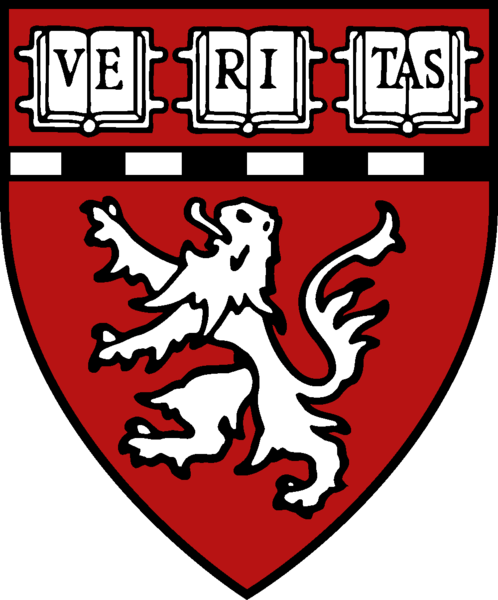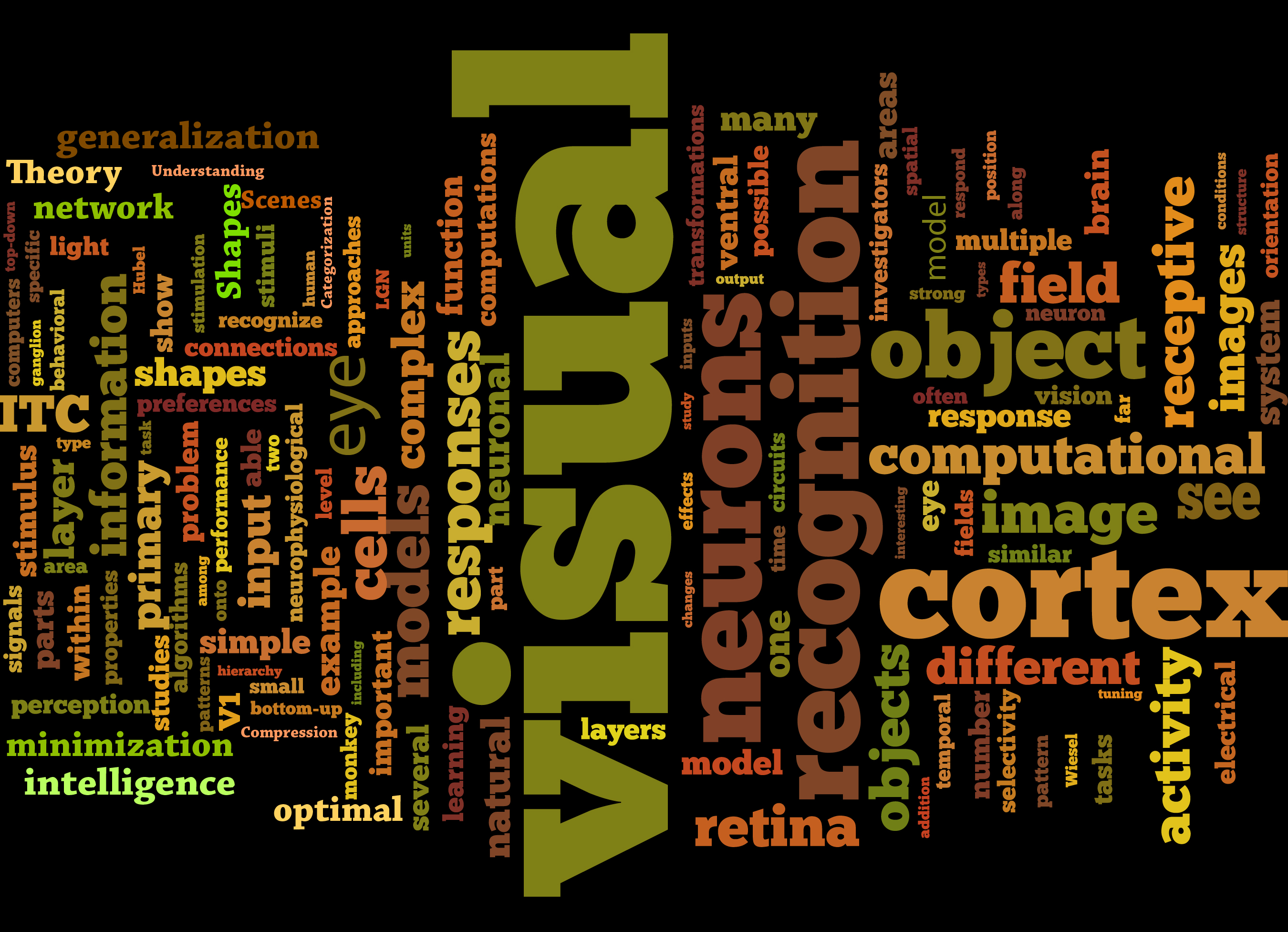RULES FOR THE FINAL EXAM
Due: Dec. 14th 2021 at Noon ET. NO EXCEPTIONS, NO EXTENSIONS.
1. Pick one of the following manuscripts:
1a. Ullman, S., Assif, L., Fetaya, E. & Harari, D. Atoms of recognition in human and computer vision PNAS 113, 2744-2749 (2016). PDF
[Psychophysics. Closest lectures: Lectures 1, 2, 3, 4]OR
1b) Tsao, D.Y. et al. "A cortical region consisting entirely of face-selective cells". Science 311(5761), 670-674. (2006). PDF . Supplement
[Macaque Neurophysiology. Closest lectures: Lectures 5, 6, 7, 8]OR
1c) Freeman, J. & Simoncelli, E. P. Metamers of the ventral stream. Nature Neuroscience 14, 1195-1201, doi:10.1038/nn.2889 (2011). PDF . Supplement
[Computational models. Closest lectures: Lectures 9, 10, 11, 12]Do not write a critique for all three manuscripts. Pick one.
2) Write a critique of the manuscript answering both of the following two questions:2A) Critically discuss the paper, noting missing controls, missing analyses, problems with the interpretation of the results, links to theories and computational models, logical flaws and inconsistencies.
2B) Discuss at least two follow-up questions leading to novel experiments, novel theories or novel computational models based on the manuscript. Explain why these questions are interesting, what the hypotheses are, what the predicted results are (if any), how they relate to the manuscript and how they would advance knowledge in the field.
The instructions are the same as the ones for the homework that you have been doing throughout the class, except that you have to do this now on your own, without class discussion (see #3 and #4 below). If you have any questions or doubts about the instructions, contact the instructors. As we have emphasized before, do not copy and paste from the manuscript or any other source. The instructors have already read the paper! The whole point here is to read critically, to evaluate the manuscript and to propose new research directions based on what you have learnt during the class and based on what the manuscript shows or doesn't show.
3) For the final exam, you have to work on your own. You cannot consult with any other human being (needless to say, this includes no communication with other students, professors, colleagues). You cannot communicate with another person (needless to say, this includes no texting, no facebook, no email, no twitter, no phone, no smoke signals, no messenger doves, no communication).
4) There is no time limit (except of course the deadline noted in #7 below).
5) For the final exam, you can consult any textbook, journal or online resource (as long as you are not communicating with another person to answer the question).
6) Format.6A) Minimum length: 1 page. Maximum length: 4 pages. Single space or double space, your choice. Grading depends on the accuracy, creativity, logical thinking and scholarly knowledge of the responses to the questions above for the manuscript you choose. More is not necessarily better.
6B) You should submit your work in an electronic file. Acceptable file formats include latex, text, rich-text format, Word, PDF. Google docs is not accepted.
6C) You can add figures or equations if you want (but you do not have to). You cannot include any movie or audio material.
7) The Final Exam is due on Dec. 14th 2021 at noon. Email to Will Xiao [xiaow@fas.harvard.edu] No extensions.



